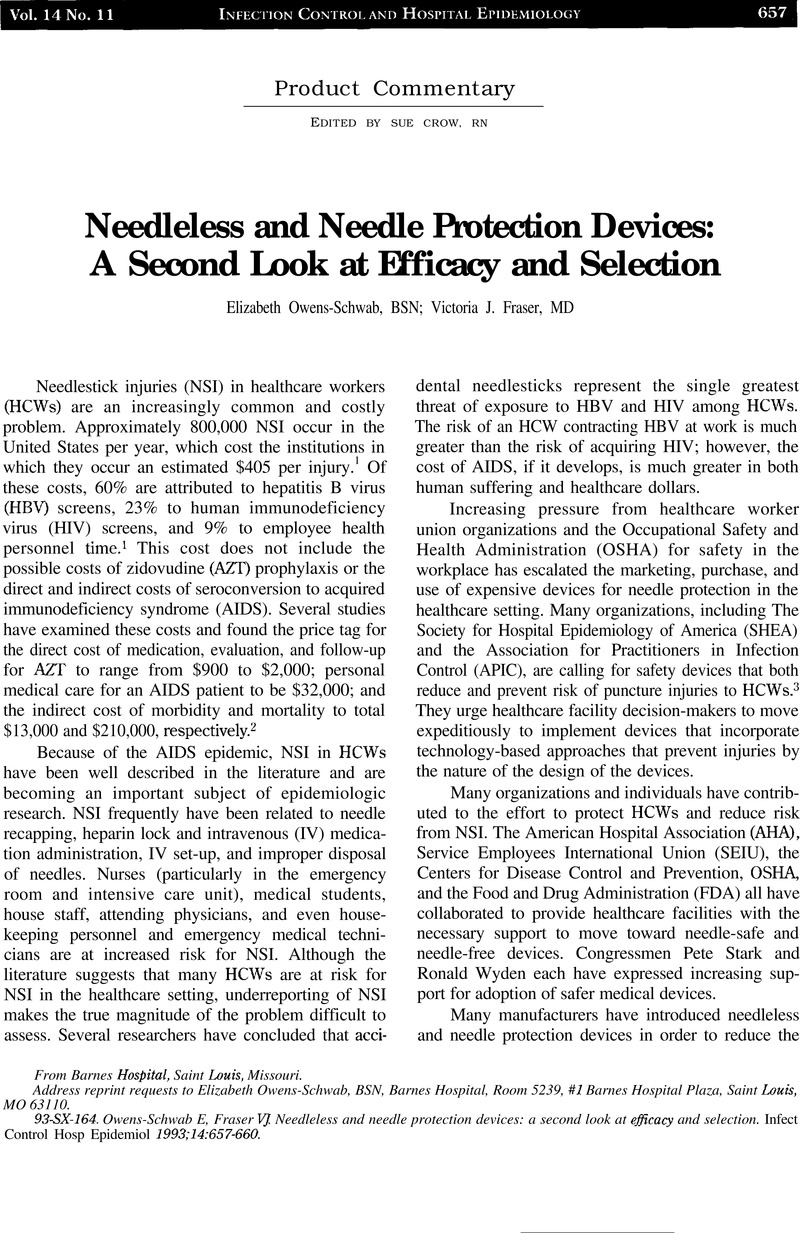Crossref Citations
This article has been cited by the following publications. This list is generated based on data provided by Crossref.
McIntosh, Krista R.
and
Rever-Moriyama, Sandra D.
1997.
Using a Systems Approach in Developing a Survey to Assess the Contributing Factors to Needlestick Injuries.
Proceedings of the Human Factors and Ergonomics Society Annual Meeting,
Vol. 41,
Issue. 2,
p.
782.
Gershon, Robyn R.M.
Pearse, Lisa
Grimes, Martha
Flanagan, Patricia A.
and
Vlahov, David
1999.
The Impact of Multifocused Interventions on Sharps Injury Rates at an Acute-Care Hospital.
Infection Control & Hospital Epidemiology,
Vol. 20,
Issue. 12,
p.
806.





